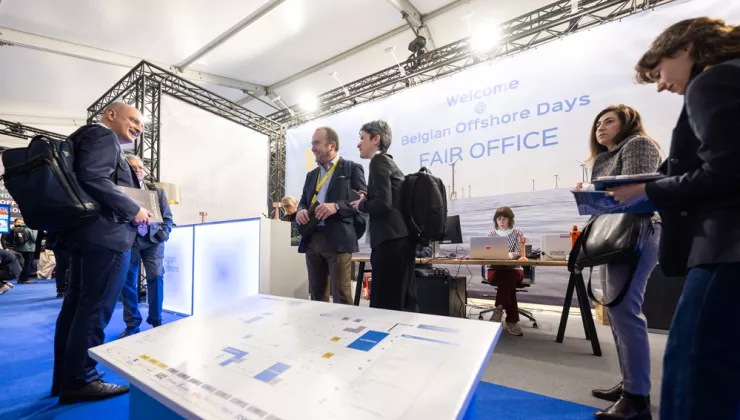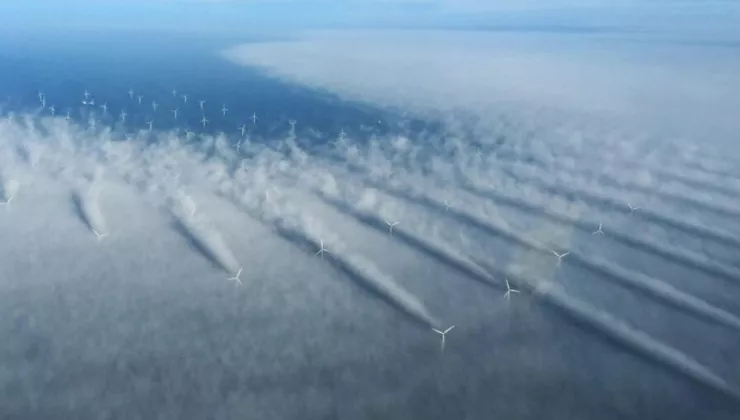Towards a clear policy for solar panels in offshore wind farms
The first workshop within the SWiM project brought together policymakers, industry experts and researchers to discuss key challenges and opportunities in regulation, tendering and environmental permit criteria. The very diverse group of experts was an excellent basis to discuss these challenges.
The discussions highlighted the urgent need for regulatory frameworks and standardisation for multi-use and, more specifically, offshore solar energy in wind to create a level playing field with wind energy and reach the energy targets and sustainability goals.
Topics
One of the central debates focused on whether OPV should be included in offshore wind tenders or developed as standalone projects. While integration could optimise infrastructure use, concerns were raised about increased costs and complexity. Key considerations in tendering processes include financial viability, environmental assessments, grid integration, and circular design.
To improve economic feasibility, policy measures such as subsidies and innovative financing models were discussed. Flexible tendering approaches that allow for shorter initial project durations with potential extensions were identified as a way to accelerate innovation. Clear permitting frameworks and legal structures are necessary for defining ownership and multi-use zones.
Environmental factors also played a crucial role in the discussions. Nature-inclusive design was explored as a means to enhance marine biodiversity, though concerns were raised about potential ecological risks. The lack of data on the cumulative environmental impact of OPV and offshore wind calls for further research and demonstration projects. Circularity and sustainable decommissioning strategies are critical to minimising long-term environmental effects.
Sharing cable infrastructure with wind farms could help optimize space and reduce ecological footprints. Effective tender criteria must prioritize projects that align with sustainability goals while ensuring compatibility with existing offshore infrastructure. The lifespan of offshore infrastructure, such as cables and transformers, exceeds that of wind turbines, opening opportunities for re-use and re-powering with OPV.
Major takeaways
The workshop underlined the importance of a long-term vision, well-defined policy frameworks, and collaboration among governments, industry, and research institutions. Demonstration projects will be key in further assessing the technological and ecological viability of OPV. Future SWiM workshops will continue to address implementation strategies and scaling opportunities.
About SWiM
The SWiM project (Solar and Wind in the Belgian Marine Zone) is conducting research into the combination of marine technologies in the exclusive economic zone of Belgium. The focus is on sustainable integration of floating solar panels in offshore wind farms.
The project is financed by the Belgian Energy Transition Fund and brings together six partners from industry and science, namely: KU Leuven ELECTA; Blue Cluster; IMEC; UHasselt; KBIN; and ENGIE Laborelec.













